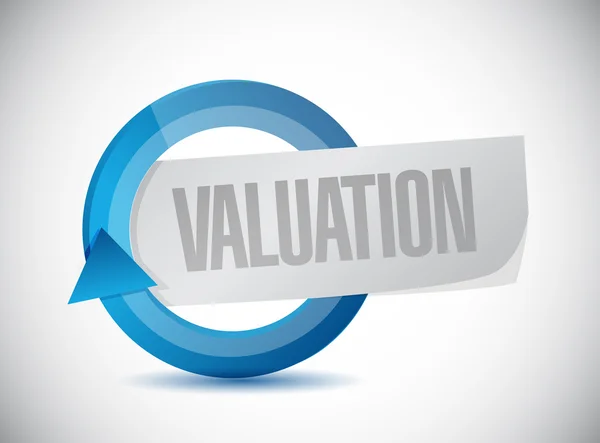
In almost all of my previous blogs, I have thrown around this term a lot, and I have tried to explain it in brief. The truth however is, that intrinsic value, is a concept so vast and deep, that it requires an in depth explanation. That is what I will hope to achieve today: Explaining the topic of intrinsic value, and how it is of utmost importance in value investing.

Intrinsic value, simply put, is the fair value of something. In stocks, it is the fair price of the share of a company; understanding whether the cost you are incurring in purchasing that share, is “worth the money,” by comparing its price, with its “current value.” (This is explained beautifully by Monish Pabrai in his book which you can find here) It is a measure of what an asset is worth today, based on various factors. It is these factors which make the concept of intrinsic value complicated. While it is relatively simple to understand what intrinsic value is, it is extremely hard to actually reach upon that value for an asset or share, and utilize it in one’s investment strategy.

There is no one way, to take out the intrinsic value for an asset. In fact, if you try to search for the intrinsic value of a stock, or for that matter even a business, you will find a plethora of different methods being used, yielding similar, yet still varied answers. The goal while trying to take out intrinsic value, especially in stocks, isn’t to arrive to a pinpoint accurate number, but to reach a ballpark range using which you can label the concerned investment as a buy, or a sell. This makes it necessary to use an accurate, yet realistic method to find the intrinsic value of stocks. I make use of, is the DCF method, or the Discounted Cash Flow method. It uses the current free cash flows of a company, and uses a growth rate upon them to forecast future cash flows, and then discounts them to their worth in the present. Then, using a sum of said future cash flows for a variable amount of years, it subtracts net debt and divides it among the shares outstanding to arrive at an intrinsic value per share. (I will talk about this method in detail in another blog, and provide my excel sheet for the same).

In value investing, which I am an advocate for, taking out intrinsic value is extremely important. The whole concept of value investing revolves around mitigating risk, by identifying value. This statement is rather easy to understand. As an investor, your desired investment would be one, where you take as less risk as possible, while having as high chances as possible, for strong returns; or put simply, you would want a low risk-high return investment. However, a common myth many believe and try to utilize is, that to get higher returns, it is imperative to take on great risk; or that by incurring high risk, high returns will follow. By utilizing second level thinking, or even common sense here, it becomes obvious that the reason an investment is risky is because it is volatile and under pressure, and hence a high return for the same, does not make sense. Coming back to our desired investment type: low risk-high return, the question arises as to how to identify and capitalize on such an investment. This is where value comes into play. By utilizing value, we control risk. By investing in an asset/stock which is significantly discounted to its intrinsic value, we are reducing the risk we incur, because the chances for the investment to go considerably down reduce massively since it is already undervalued, while the chances for it to go up become huge, since it is likely to at least reach its intrinsic value if not exceed it, because of the market’s tendency to move toward actual value in the long term.

As long as one can understand why an asset is undervalued, and take advantage of that by using intrinsic value, investments will become low risk and high return, and put investors on the fast track to investment success in the long term. I hope I was able to put across the message of how and why intrinsic value is extremely important in the world of investing.
If you liked this reading, and want to read more of our handcrafted blog posts, visit our Blog page.
Financial disclaimer: BullishBehaviour and its team members are not registered as financial advisors and hold no formal qualifications to give financial advice. Everything that is provided on this server, on the BullishBehaviour website or by BullishBehaviour and its team members is purely for educational purposes only. BullishBehaviour and its team members are not accountable or liable for any losses or damages. You are responsible for all the risks you take. Any content provided here should not be construed as financial advice

No responses yet